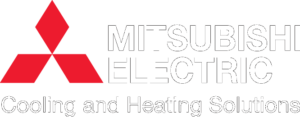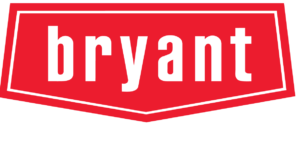Beat the Heat: Exploring Your Air Conditioning Options
Staying cool and comfortable during the summer months is essential. But with so many air conditioning options available, choosing the right one for your home can feel overwhelming. Here’s a breakdown of three popular air conditioning solutions to help you navigate your choices:
Heat Pumps
Don’t let the name fool you!
Heat pumps heat and cool by transferring heat rather than generating it—pulling heat from inside and releasing it outside to cool, or drawing heat from the outside air and bringing it in to warm. This makes them an energy-efficient, all-in-one solution for year-round comfort.
- Pros: Besides the heating and cooling all in one, the various types of heat pumps (e.g. ducted, ductless, geothermal, etc) + quiet operation + targeted comfort via customized temperature by individual rooms, the list of pros is lengthy.
- Cons: Very few! However, running a heat pump for both heating during the winter and air conditioning during the summer can put additional wear and tear on the unit, limiting its overall lifespan.
Central Air Conditioning
This traditional system utilizes a central air conditioning unit located outdoors, connected to a network of ducts that distribute cool air throughout your home via vents.
- Pros: Effective way to cool a large living space, offering consistent temperature control throughout the house.
- Cons: Requires existing ductwork, which may not be present in all homes. Installation can be disruptive and involve significant ductwork modifications. May not be the most energy-efficient option depending on the condition and layout of the ductwork.
PTACs (Packaged Terminal Air Conditioners)
These self-contained units are typically installed through a wall in individual rooms, offering a room-by-room cooling solution. They house the condenser and evaporator coils within a single unit.
- Pros: Ideal for homes without ductwork or for providing targeted cooling in specific areas. Relatively easy to install.
- Cons: Limited cooling capacity, making them unsuitable for large open spaces. May create uneven cooling throughout the home if installed in multiple rooms. Generally less energy-efficient than central air conditioning. Can be noisy due to their proximity to living spaces.
Side Discharge Air Conditioners
These innovative outdoor units differ from units by expelling hot air sideways instead of upwards. This can be beneficial for placement restrictions or noise concerns. They work with existing ductwork for cool air distribution.
- Pros: Ideal for situations where traditional air conditioner placement is limited due to space constraints or noise concerns. Offer efficient cooling performance.
- Cons: Requires existing ductwork.
Choosing the Perfect Air Conditioning System:
The ideal air conditioning system for your home depends on several factors, including your existing ductwork, budget, home size, and desired cooling performance.
Please also be sure to visit our HEAT PUMPS section, as they are a great cooling option!
-
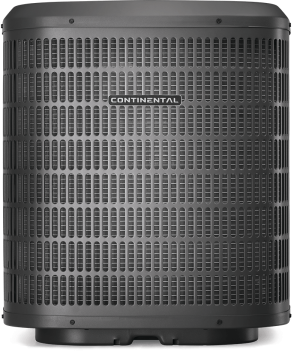
Continental Central Air Conditioners CT 13.4 SEER2 Series
Read more -

Continental Central Air Conditioners CT 14.3 SEER2 Series
Read more -

Bryant Legacy™ Line Compact Air Conditioner 315SA
Read more -
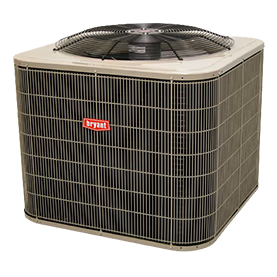
Bryant Legacy™ Line Single-Stage Air Conditioner 114S
Read more -

Bryant Preferred™ Single-Stage Air Conditioner 126S
Read more -

Bryant Preferred™ 2- Stage Air Conditioner with Intelisense™ Technology
Read more -
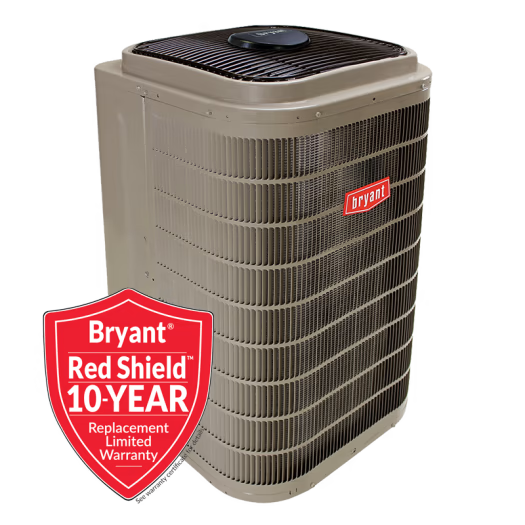
Bryant Evolution™ Variable-Speed Air Conditioner 189BNV
Read more -
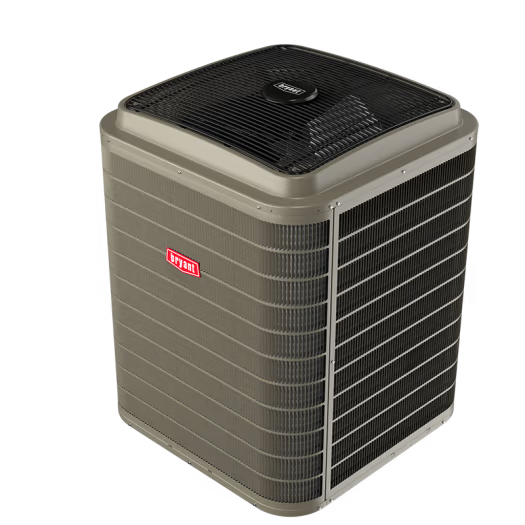
Evolution™ Bryant Extreme 26 Variable-Speed Air Conditioner 186CNV
Read more

